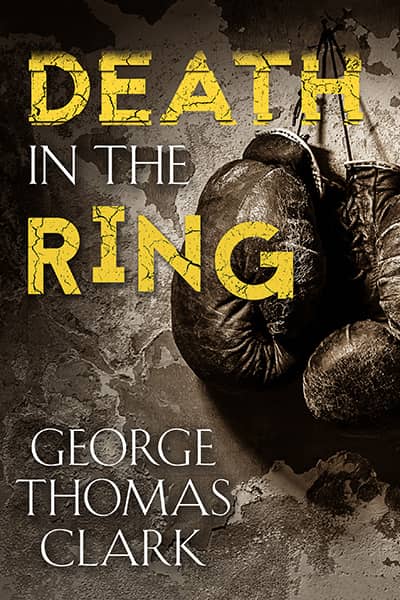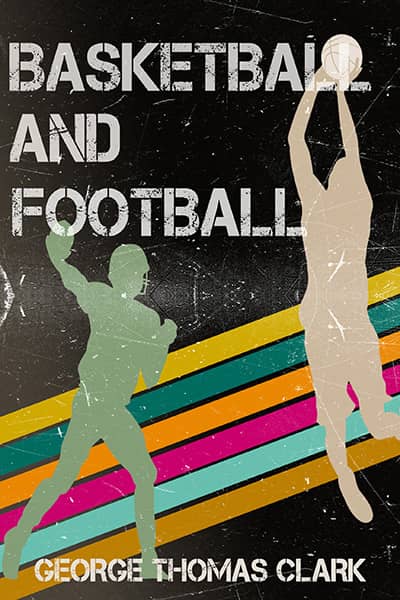Van Gogh on the Verge
July 21, 2016
Handing over my ticket, I’m excited to enter the Van Gogh Museum for another emotional exhibition. I’ve been to many and read about all the others. On the Verge of Insanity is a great title. By that I mean it’s appropriate. Look at Self-Portrait with a Bandaged Ear and Pipe: Vincent looms under a heavy black cap and green coat, blowing smoke from his pipe like a frosty soldier near the end at Stalingrad.
“Hello, Vincent,” I say. “How’re you doing?”
“I’m wounded, but it doesn’t hurt anymore. Here, take a look.”
“Please, that’s not necessary.”
“I’m referring to Dr. Felix Rey’s drawing over there. It’s a wonderful likeness, and new to most. I nearly died that night and wish I had. Would’ve spared me a year and a half of torment.”
“At least you survived to paint more great works. I love your Portrait of Dr. Rey.”
“He’s a fine man but it’s not one of my penetrating works. The doctor’s too handsome, healthy, and untroubled. I cut deeper when carving my face or those of peasants.”
Vincent steps out of the frame and says, “Come and look at Still Life with Plate of Onions.”
“Wicked green shooting from the onions.”
“Don’t eat those,” he says. “I painted them after a difficult night not long after leaving the hospital. I don’t blame the doctor whose book next to the onions gives hope that camphor will relieve hallucinations and nightmares. Perhaps others have benefited.”
“Here’s Entrance to a Quarry.”
“I’d just agreed to enter an asylum. This isn’t one of my better works but does imply a mind descending between foliage into a rocky hole.”
“Wheatfield with a Reaper is much stronger, a classic Van Gogh work, I’d say. The sun’s ominous in a nightmarish green sky, the mountains barren, the lake gray and dead, and the golden wheat’s fiery and undulating, ready to engulf the reaper.”
“I knew I wasn’t going to get better but sometimes pretended otherwise when I spoke or wrote. In The Garden of The Asylum in Saint Remy, as in all my paintings, I paint the truth. While others may see beauty, I feel sinuous leaves clawing a polluted green and yellow sky that shrouds an amputated tree and three morbid people who dwell in the asylum.”
“Unpleasant subject matter but always, somehow, touching.”
“Thank you,” says Vincent.
“There’s Portrait of a One-Eyed Man. Was he offended by your interpretation?”
“No, I painted him delicately because his missing eye was my ear and his mind like mine; I admired him more than feared him.”
“As you wished, you were discharged after about a year in the asylum. You must’ve been happy, if only briefly.”
“I may have felt well thirty seconds.”
“You were quite productive.”
“I was possessed and prolific but no longer really at my best.”
“Here’s your final work, Tree Roots, from July 1890.”
“I’m moving toward abstraction. A pity I didn’t live sixty years later in New York City.”
“You’ll live forever.”
“Thankfully, you’re incorrect about that. Isn’t that a vile pistol, rusty and corroded and corrupt? That’s why people lurk around, spying.”
“You weren’t murdered, were you?”
“People want more trauma from my life. They won’t find it now.”
“There are plenty more works to look at.”
“Not today. I want to see the card announcing my funeral.”














